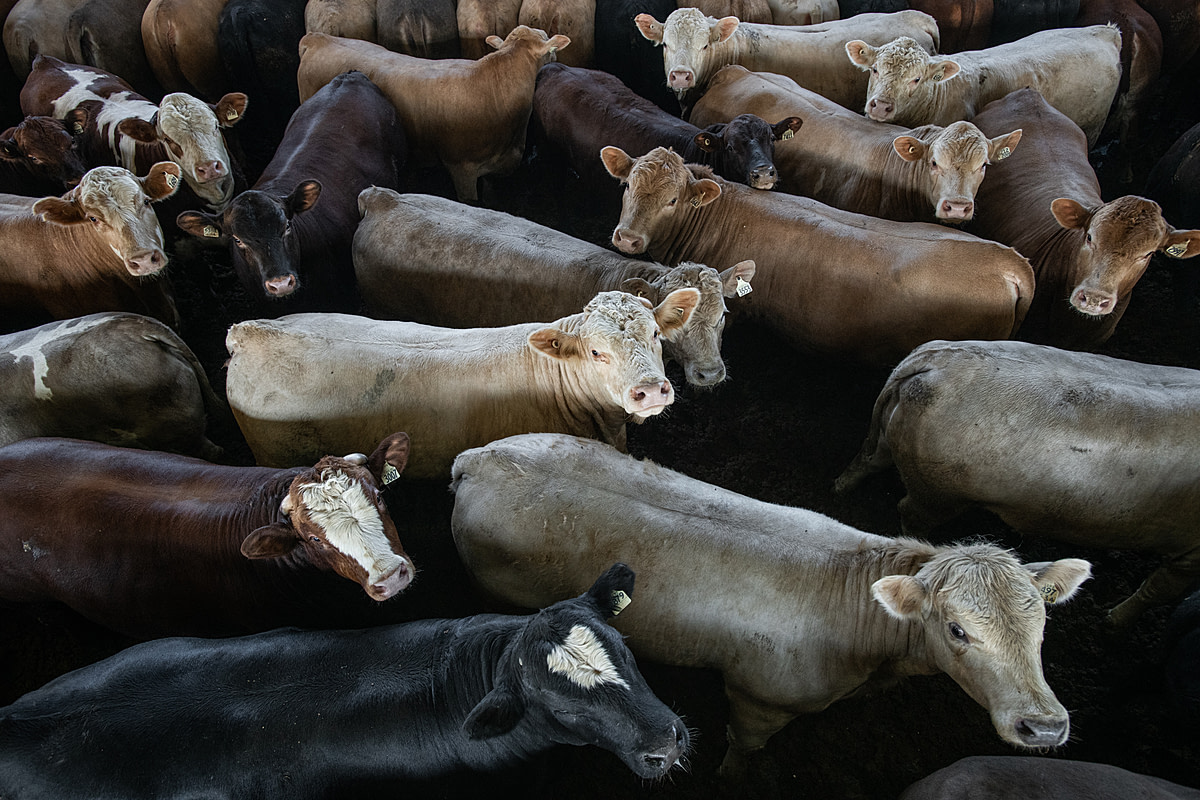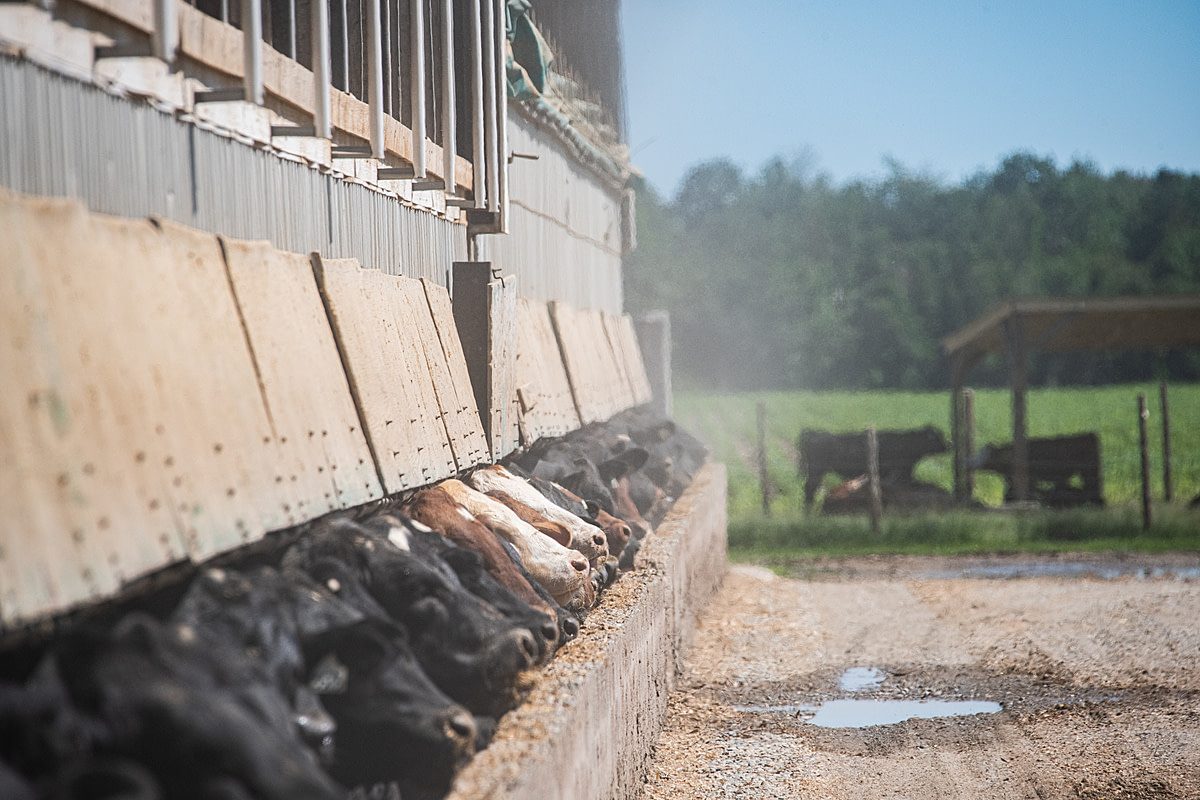Assignment: Inside Canada’s Cattle Feedlots
“After I get home from a multi-day shoot, I take a while to come down from the incomprehension of what I’ve been immersed in. Both the direct and indirect violence are so confusing. What I mean is that I can never seem to believe that I live in a world with billions suffering and the environment being ravaged too.” ― Jo-Anne McArthur


“As always, the photos of these spaces and day capture one aspect of these animals’ lives. When the camera and photographer disappear, their boredom returns to invisibility. What we capture on the days we are there is one day of hundreds, one day in a system not of their choosing. I take the photos. I walk away, always thinking, at least: I see you. I’ve seen you. Your life has been seen. It doesn’t help them personally, but the witnessing does turn into something. It does turn into slow momentum, news, books, opinions, discourse, history… something worth resisting.” ― Jo-Anne McArthur
More like this from We Animals Media:
The Decline of Fur Farming in Canada
by We Animals Media | Jun 20, 2022
Investigation: Inside Vermont’s Dairy Industry
by We Animals Media | Feb 26, 2022











